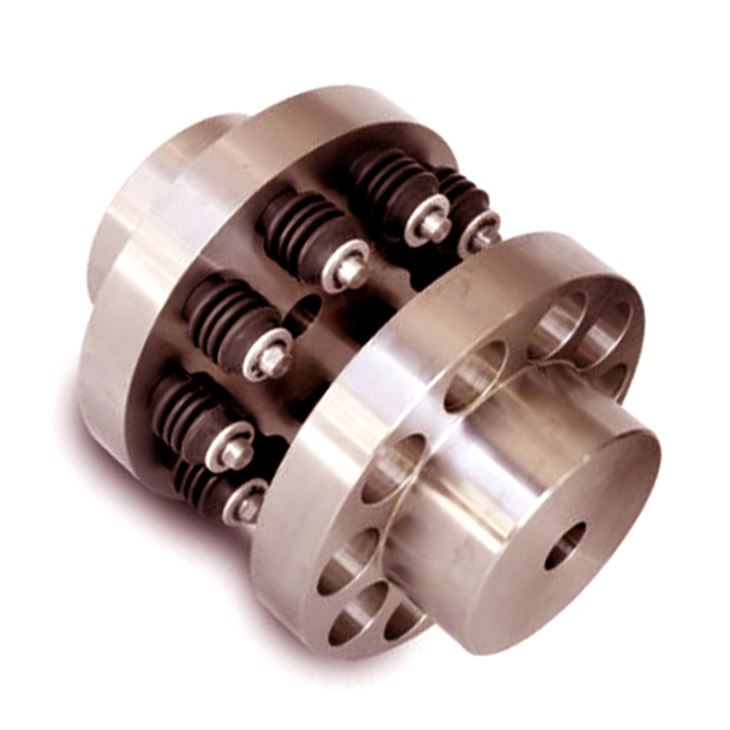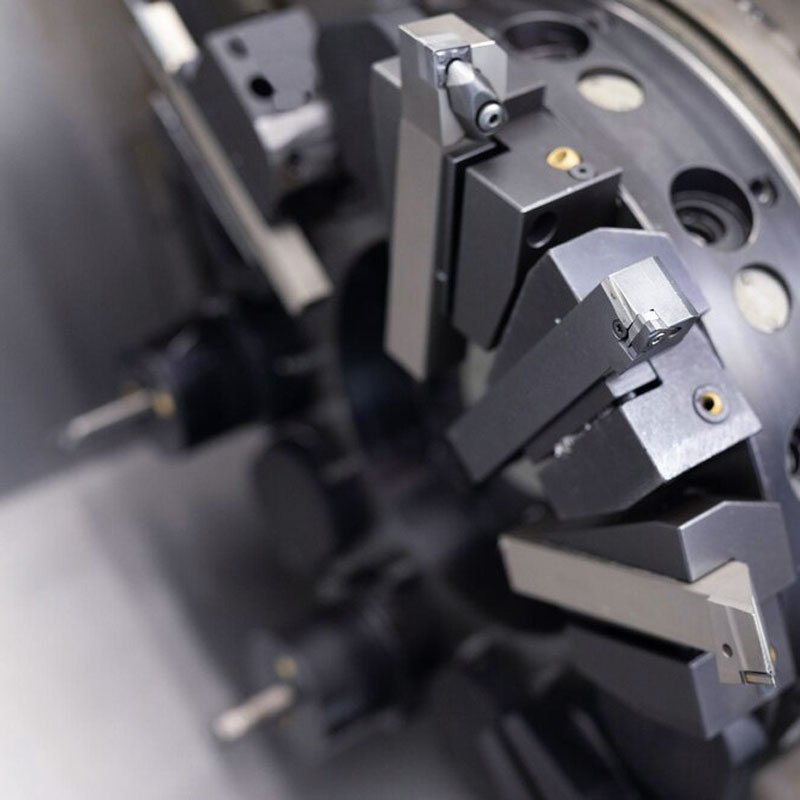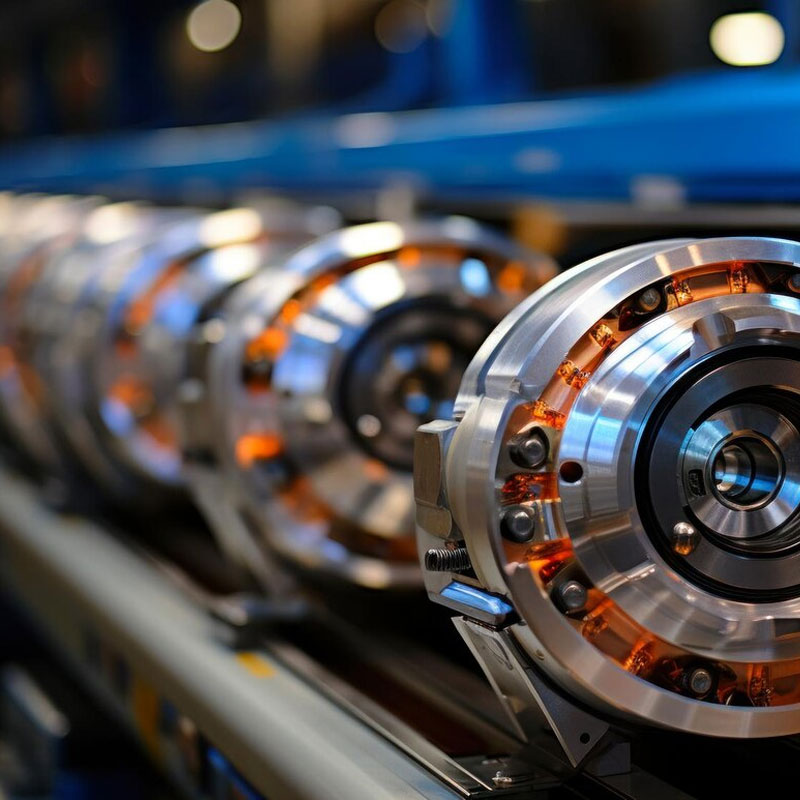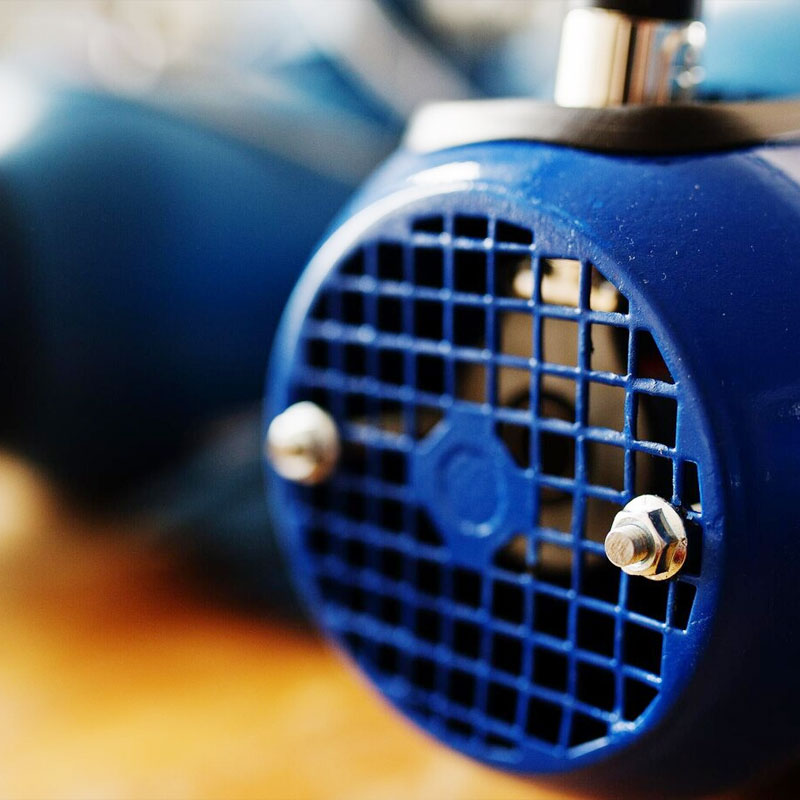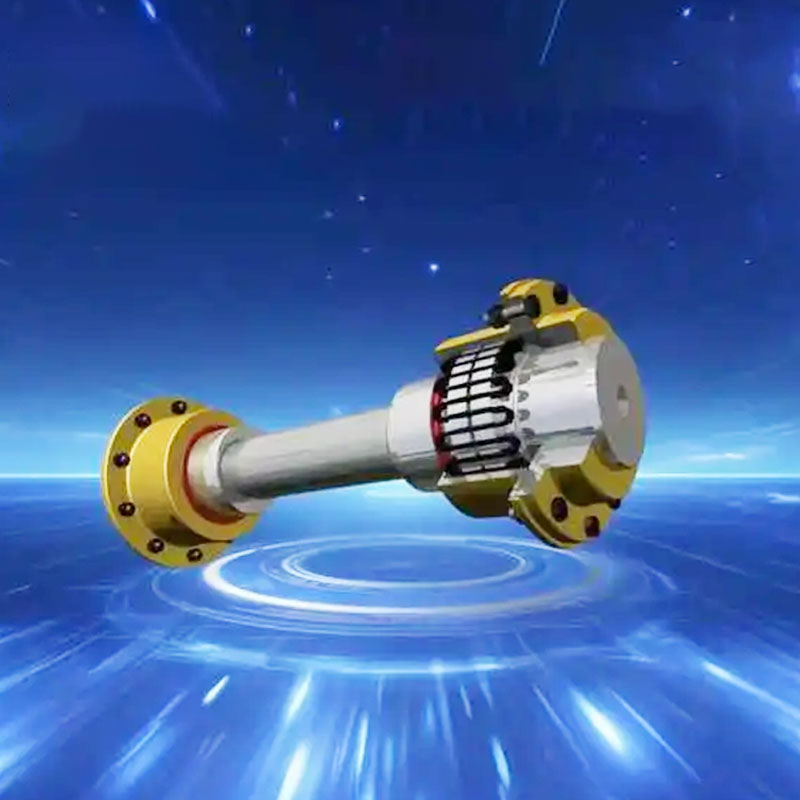PIN Coupling
High-Performance PIN Coupling for Industrial Applications
PIN coupling is a flexible shaft coupling designed to transmit torque while accommodating misalignment between connected shafts. As industry leaders in mechanical power transmission solutions, we provide premium quality PIN couplings with superior durability and performance.
Key Features of Our PIN Coupling
- Precision-engineered for maximum torque transmission
- Accommodates angular, parallel and axial misalignment
- Rugged construction with high-grade materials
- Maintenance-free operation
- Vibration damping characteristics
- Easy installation and replacement
Technical Specifications
| Model | Bore Range (mm) | Torque Capacity (Nm) | Max Speed (rpm) | Weight (kg) |
|---|---|---|---|---|
| PC-100 | 10-30 | 120 | 6000 | 0.8 |
| PC-200 | 25-50 | 350 | 5000 | 1.5 |
| PC-300 | 40-80 | 800 | 4000 | 3.2 |
| PC-400 | 60-120 | 1500 | 3000 | 6.5 |
Material Composition
- Hubs: High-strength steel with corrosion-resistant coating
- Pins: Hardened alloy steel
- Elastomers: Oil-resistant synthetic rubber
- Bushings: Bronze or nylon composite
PIN Coupling FAQ
Q: What types of misalignment can PIN coupling accommodate?
A: PIN coupling can effectively compensate for three types of misalignment: angular misalignment (up to 3 degrees), parallel misalignment (up to 0.5mm), and axial displacement (up to ±2mm). The flexible elements absorb these misalignments while maintaining efficient power transmission.
Q: How often should PIN couplings be inspected?
A: We recommend visual inspection every 3-6 months depending on operating conditions. In normal service environments, a thorough inspection should be conducted annually. Look for signs of wear on pins, elastomers, and bushings, as well as any corrosion or deformation of metal components.
Installation Guidelines
- Ensure shafts are clean and free from damage
- Align shafts within specified tolerances before installation
- Mount coupling halves on each shaft without forcing
- Gradually tighten fasteners in a crisscross pattern to specified torque
- Verify free rotation and proper clearance
Applications
- Pumps and compressors
- Conveyor systems
- Generators
- Marine propulsion systems
- Industrial mixers
PIN Coupling FAQ
Q: Can PIN couplings be used in high-temperature applications?
A: Standard PIN couplings are rated for continuous operation at temperatures up to 80°C (176°F). For higher temperature applications up to 120°C (248°F), we offer special high-temperature elastomer options. Beyond this range, alternative coupling types may be more suitable.
Maintenance Advantages
- No lubrication required
- Modular design allows easy replacement of worn components
- Visual wear indicators for easy monitoring
- Long service life with proper installation
Industry Standards Compliance
| Standard | Description |
|---|---|
| ISO 9001 | Quality management certification |
| AGMA 9002 | Bore and keyway tolerances |
| DIN 740 | Flexible shaft coupling standards |
PIN Coupling FAQ
Q: What factors affect the service life of a PIN coupling?
A: The primary factors affecting service life include: operating torque (should not exceed rated capacity), misalignment (staying within specified limits), rotational speed (remaining below maximum rating), environmental conditions (avoiding excessive moisture, chemicals, or abrasives), and proper installation following manufacturer guidelines.
Customization Options
- Special bore sizes and keyways
- Corrosion-resistant coatings
- Explosion-proof versions
- Custom elastomer hardness
- Flanged connection variants
- View as
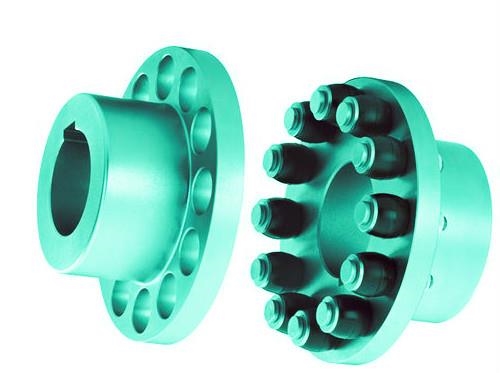
Pin Coupling
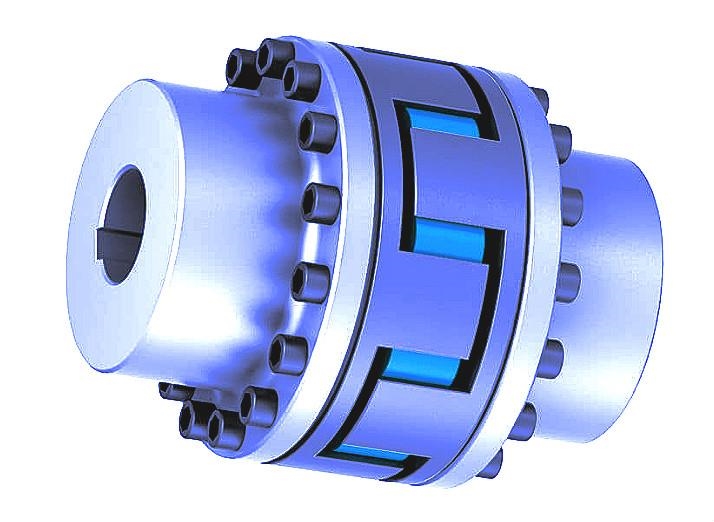
Claw Coupling Sleeve And Shear Pin
